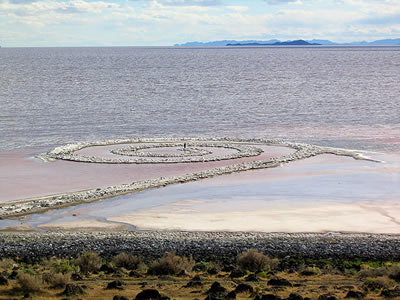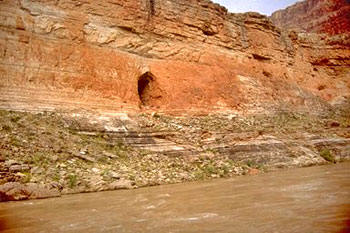Egypt is located on the continent of Africa. The climate in ancient Egypt is very hot and dry. The ancient Egyptians farmed and irrigated the land near the Nile River. The Nile River flows north into the Mediterranean Sea. The Nile River was used by the ancient Egyptians for many things. They fished for food, washed themselves and their clothes, and collected water for irrigation, drinking and cooking.
They also traveled by boat around Egypt and into the Mediterranean Sea to trade with other cultures. The land in Egypt is about 90 percent desert. There are grasses along the Nile River. The Nile River floods every year. This flooding brings in rich soil for planting.
Country as Two Lands

Ancient Egyptians saw their country as “Two Lands”. Kemet, the Black Land, was the name given to the fertile area near the river, and Deshret, the Red Land, referred to the desert. The ancient Egyptians believed that their country had once been two separate states: the Delta in the North; and the Nile Valley, to the South. Because the Nile flows from its central African origins upstream in Ethiopia and Kenya, downstream to the Mediterranean, we call the Delta Lower Egypt, and the Valley Upper Egypt. One of the most common titles of the pharaohs was King of Upper and Lower Egypt.
About Egyptian Environment
The ancient Egyptians depended on natural factors in preserving the agricultural soil from pollution and loss of fertility. Many of the Pharaoh’s written orders that urged the farmers to combat pests and protect the Egyptian Environment from pollution were found written on papyrus.
In this respect, Egypt was one of the first countries that paid special heed to environmental problems due to its recognition of the importance of the Egyptian Environment and its impact on the individual who is considered the most important wealth.
 The soil in Egypt was very fertile and easy to dig with your tools. There was only one soil that the Egyptians used. Well, they reused the soil. Every year when the flood came the water went over the fields and it saturated the soil. When the floods went down there would be a fresh bunch of mud which was excellent soil to plant seeds in after it had been plowed. Ancient Egyptian farmers used the same soil for every field.
The soil in Egypt was very fertile and easy to dig with your tools. There was only one soil that the Egyptians used. Well, they reused the soil. Every year when the flood came the water went over the fields and it saturated the soil. When the floods went down there would be a fresh bunch of mud which was excellent soil to plant seeds in after it had been plowed. Ancient Egyptian farmers used the same soil for every field.
To water your crops you would need to have a canal connected to a river. To lift the water from the canal you would have a shaduf. A shaduf is a large pole balanced on a crossbeam, a rope and bucket on one end and a heavy counter weight at the other.
However, River Nile harbored parasites and other creatures that were less beneficial. Sometimes ancient Egyptians took in guinea worms in their drinking water. The female guinea worm would travel to its preferred site – the host’s legs – in order to lay her eggs, again causing ill health.
